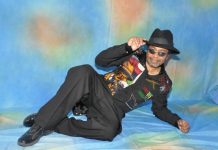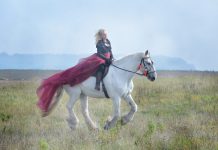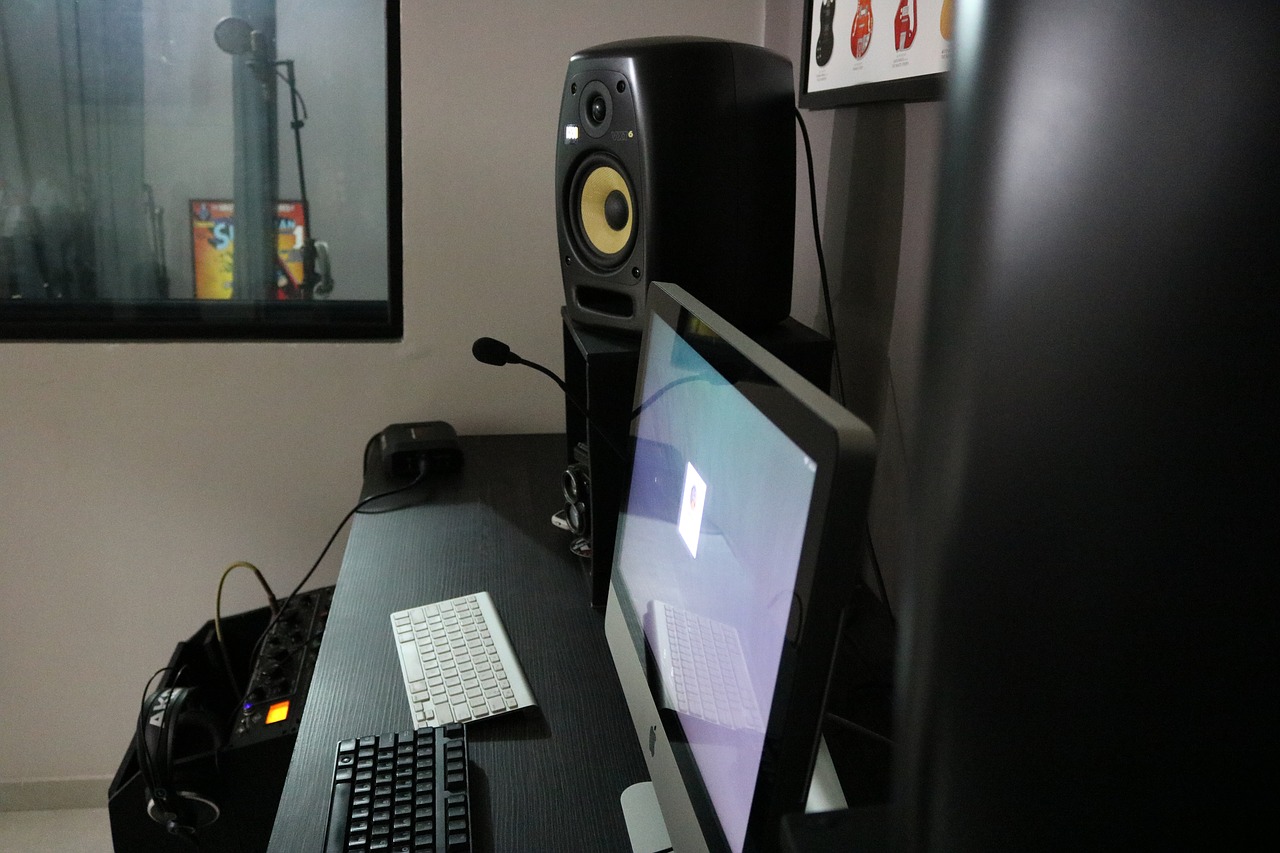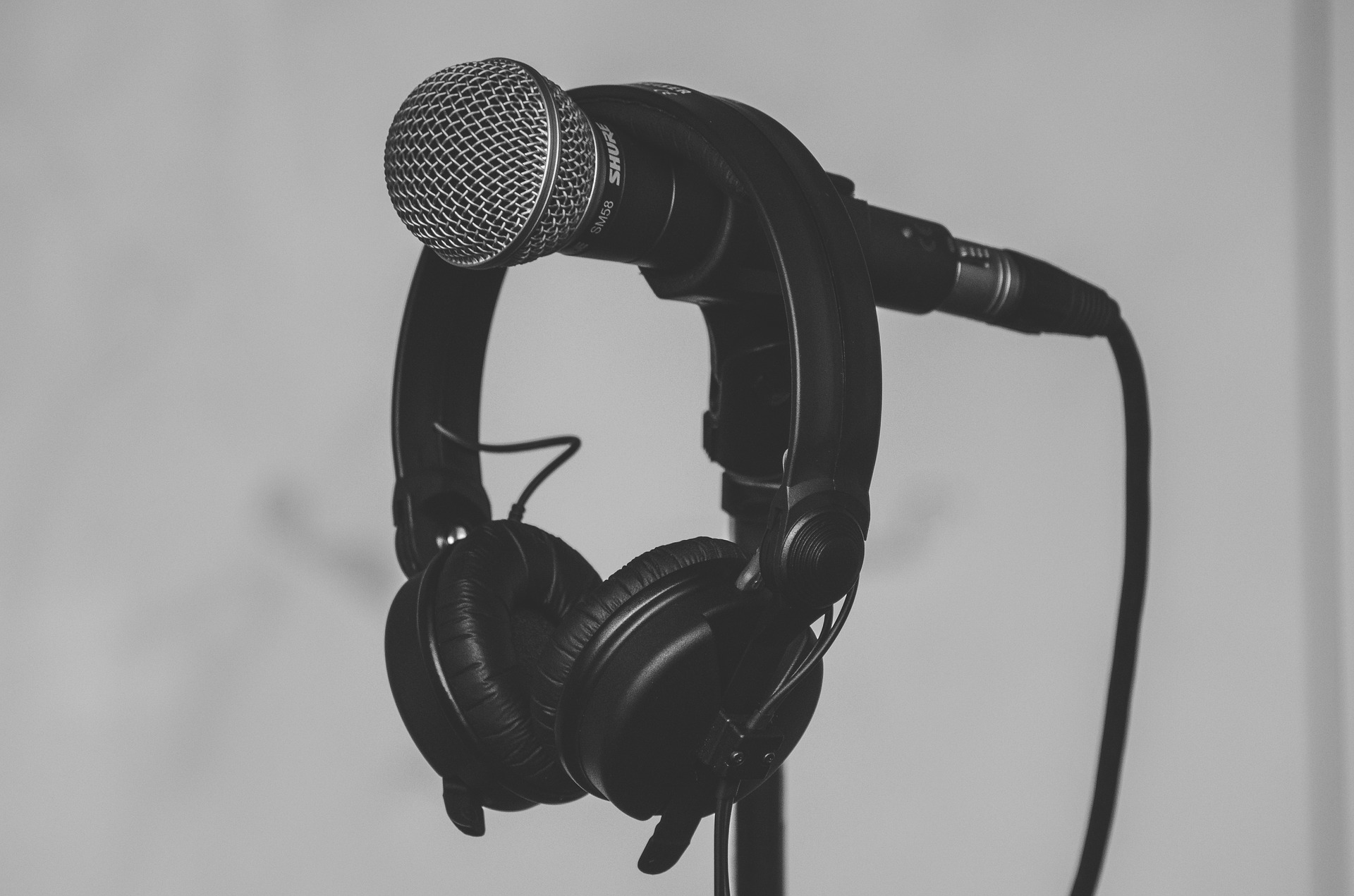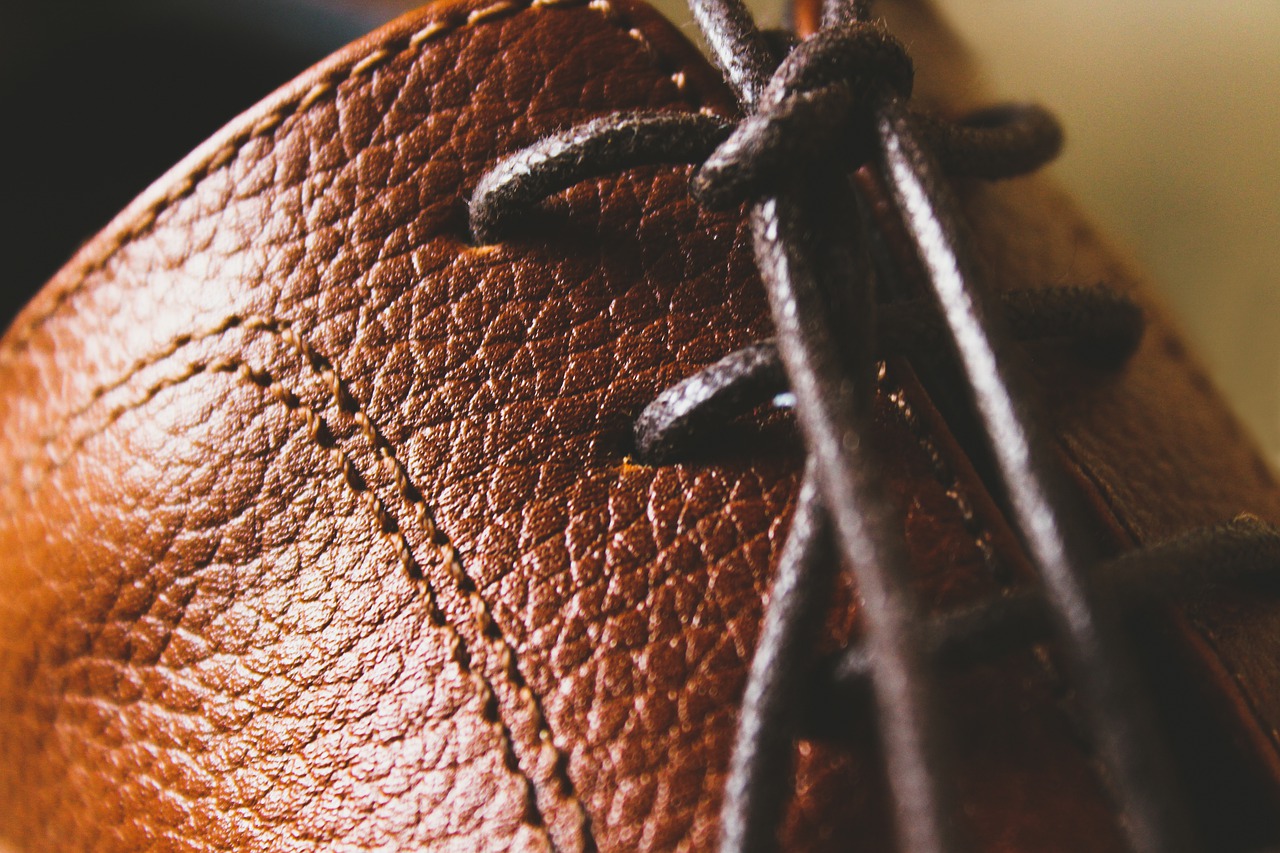What are sound elements?
Sound elements are components of sound that are recorded during the production process and then edited together to create the rich stereo mix that we all know and love.
When I’m recording sound on location, I need to record a variety of sound elements to create a stereo mix in post. These include recording dialogue, supporting ambience, room tone, and environmental ambience.
A good way to understand sound mixing is to remember that sound has
depth, just like a visual image. For example, when everything in a photograph is in perfect focus, all elements making up the image compete equally for the viewers attention. But when there’s shallow depth of field and only the primary subject in the photo is in focus, the image gains depth and there is separation between the various visual elements. It purposely draws your attention to a specific spot. Sound is very much the same.
To illustrate the layers of sound in a stereo mix, let’s take a sit-down interview and dissect the visual as well as the sound.
When you shoot an interview, you draw the viewer’s attention to the talent by having the talent sharply in focus and separated from the background. We do the same with sound. Dialogue is typically mixed as the loudest sound element. By panning it to the middle, it’s clear, sharp and draws your attention – we could say the dialogue is in focus.
The next layer of your shot usually consists of elements that are slightly out of focus surrounding the subject, such as pieces of furniture, artwork, lamps, etc. These visual elements provide context as well as visual depth and support the in focus image. Supporting ambience does the same thing. It’s not as loud as dialogue and it’s panned a little wider. You can still make out what the sounds are, but they’re not the focus of your listening – they support the dialogue.
The third layer is the stuff in the deep background or outside edges of your image – often completely out of focus. It doesn’t really need to be there but it creates texture and richness – makes your shot more interesting without calling attention to itself. This is true for the environmental ambience of a stereo mix. It’s the din of the location and barely audible. It’s panned hard left and right (full stereo) in the stereo mix. The overall mix would still work if the environmental ambience wasn’t there, but just like your picture, it adds depth and richness. You probably wouldn’t notice the environmental ambience tracks in a final mix unless someone pointed them out.
So when I’m sitting in my mixing chair with all the sounds elements I need, I layer them like this:
- The first element I always work on is the dialogue. I go through the entire show from start to finish leveling all dialogue tracks so the sound of the entire show is consistent. All dialogue is panned right up the middle (centered) and it is usually the loudest sound element in the mix.
- The supporting ambience is a mix of room tone and b-reel ambience. It’s panned a little wider and not as loud as the dialogue so it doesn’t complete for the viewer’s attention.
- The environmental ambience is panned hard or fully left and right. It’s the air of the location that anchors the mix and helps to create a continuous bed of sound.
- Finally, if there is a music element to the show I will pan all music a little wider than the supporting ambience (not fully panned) and at a volume where it makes sense for the mix. Music can be very loud and the focus of the listener’s attention, or not very loud so not to complete with the dialogue.
Recording Dialogue
Your first and most critical sound recording will be dialogue. You’ll use the camera-mounted mic, lavaliers, and handheld mics when you go it alone. One very important detail every mic you use to record dialogue with is that it must be mono – all dialogue recording must be in mono! If you think that recording dialogue in stereo is better – it’s actually not. Stereo dialogue recordings always sound funny in the mix and they don’t play nice when mixed with mono dialogue recordings.
Recording Supporting Ambience
This is audio recorded when shooting b-reel. It should be recorded properly whenever possible. Here are some things you can do to improve the quality of your supporting ambience tracks:
- Be quiet! Don’t rifle through your camera bag when you hit record on a locked-off shot. It’s a cacophony of zippers and Velcro.
- No talking! There’s nothing worse than people talking when shooting b-reel. It renders the ambience useless. Camera ops and directors are the biggest offenders when it comes to chatting over b-reel ambience. Zip it!
- Be aware of the ambience around you. Listen for sounds that don’t work with what you’ve got framed. People talking in the background can cause distractions and if an extraneous sound occurs while you’re shooting, shoot it again! You’d shoot again if the camera move wasn’t perfect.
- Make sure the ambience matches the frame. Long lens close-ups can be problematic if the audio 15 feet away doesn’t match it. After you’ve finished with the long lens shot, move in and grab 15 seconds of ambience with the camera mic so you can replace it in editing.
- Make sure that sound-specific shots have usable sound. If you’re shooting b-reel that has sound specific to that shot (a close-up of someone putting a golf ball), the sound needs to be usable. It’s very difficult – if not impossible – to recreate these specific supporting ambient sounds in post.


